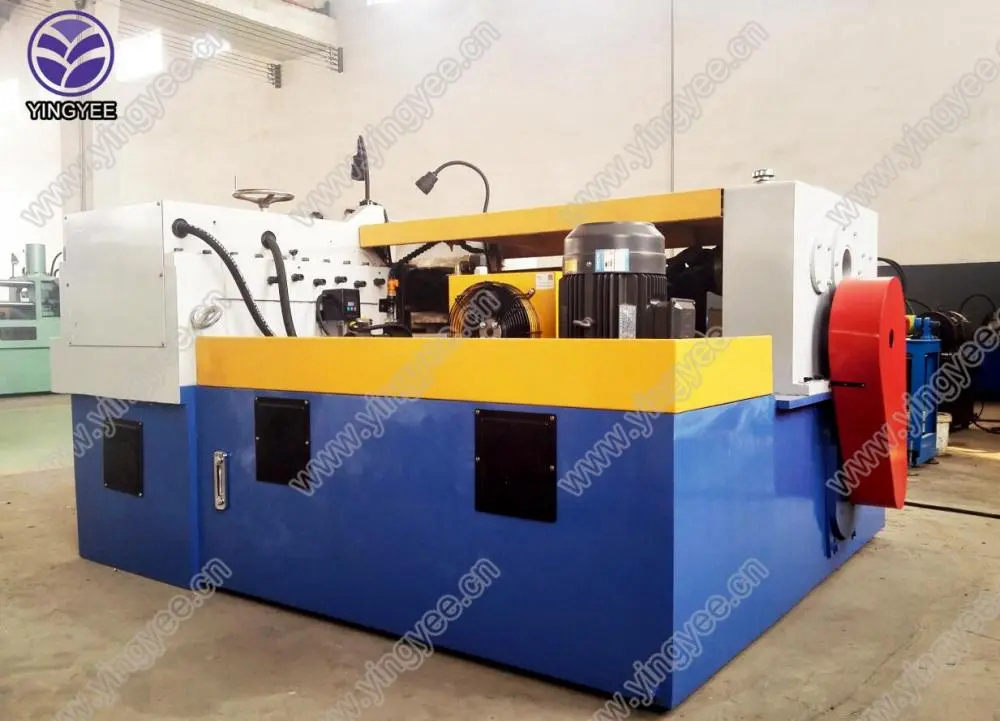
The Evolution of Stud and Track Making Machines
In the manufacturing sector, the need for efficiency and precision has led to significant innovations. Among these innovations are stud and track making machines, which have become integral in various industries, particularly in construction, automotive, and manufacturing. This article explores the significance, functionality, and future prospects of these advanced machines.
Understanding Stud and Track Making Machines
Stud and track making machines are specialized equipment used to manufacture metal studs and tracks, which are essential components in construction framing systems. Metal studs are a lightweight alternative to traditional wood framing, offering several advantages, including durability, resistance to fire, and ease of installation. Tracks serve as the horizontal support structures that hold the vertical studs in place, creating a stable framework for walls, ceilings, and other constructions.
These machines utilize advanced technology to ensure precision in manufacturing. They typically include features like automated feeding systems, high-speed cutting tools, and computerized controls. As a result, they can produce a wide variety of sizes and types of studs and tracks quickly and efficiently, catering to the diverse needs of construction projects.
The Manufacturing Process
The manufacturing process begins with a roll of steel or other metal, which is fed into the machine. The machine then shapes the metal into the desired profile, cutting, bending, and forming it into studs and tracks. With the help of computer numerical control (CNC) technology, these machines can achieve precise dimensions, which ensures a snug fit during assembly in construction projects.
Additionally, advanced stud and track making machines often integrate features for automatic stacking and packaging. This not only speeds up the overall production process but also enhances safety by reducing the manual handling of heavy materials. The ability to handle large volumes of production without compromising quality has made these machines an essential asset for manufacturers.
Advantages of Stud and Track Making Machines
The adoption of stud and track making machines has transformed construction practices
. Here are some of the significant advantages
1. Speed and Efficiency These machines can operate at high speeds, significantly reducing the time taken to produce large quantities of studs and tracks. This swift production cycle helps meet the demands of fast-paced construction projects.
2. Cost-Effectiveness By streamlining the manufacturing process, companies can lower labor costs and reduce waste materials. The automation involved ensures that resources are optimized effectively, leading to substantial cost savings.
3. Quality Assurance With precise control over manufacturing processes and dimensions, the quality of studs and tracks produced is consistently high. This level of reliability is crucial in construction, where structural integrity is paramount.
4. Versatility Modern machines can produce various profiles and sizes, allowing manufacturers to cater to diverse client needs. Whether for residential buildings or commercial infrastructures, these machines can adapt to different specifications.
5. Sustainability Manufacturers are increasingly focused on sustainability. By producing metal studs, which can be recycled, and minimizing waste during production, these machines contribute to environmentally friendly building practices.
Future Prospects
As technology continues to advance, the future of stud and track making machines looks promising. Innovations such as artificial intelligence and machine learning are expected to further enhance the efficiency and capabilities of these machines. For instance, predictive maintenance can help prevent breakdowns, ensuring consistent production without interruptions.
Moreover, as the construction industry moves towards more sustainable practices, the demand for lightweight and recyclable materials will continue to rise. Stud and track making machines will play a crucial role in meeting these demands, adapting to new materials and production methods as required.
Conclusion
Stud and track making machines have revolutionized the way we approach construction framing. Through speed, efficiency, and quality, these machines have reshaped production methods in various industries. As they continue to evolve, their role in sustainable construction practices will become even more significant, making them essential tools for manufacturers in the modern world. The marriage of technology and manufacturing not only promises to enhance productivity but also paves the way for a more sustainable and efficient future in the construction industry.